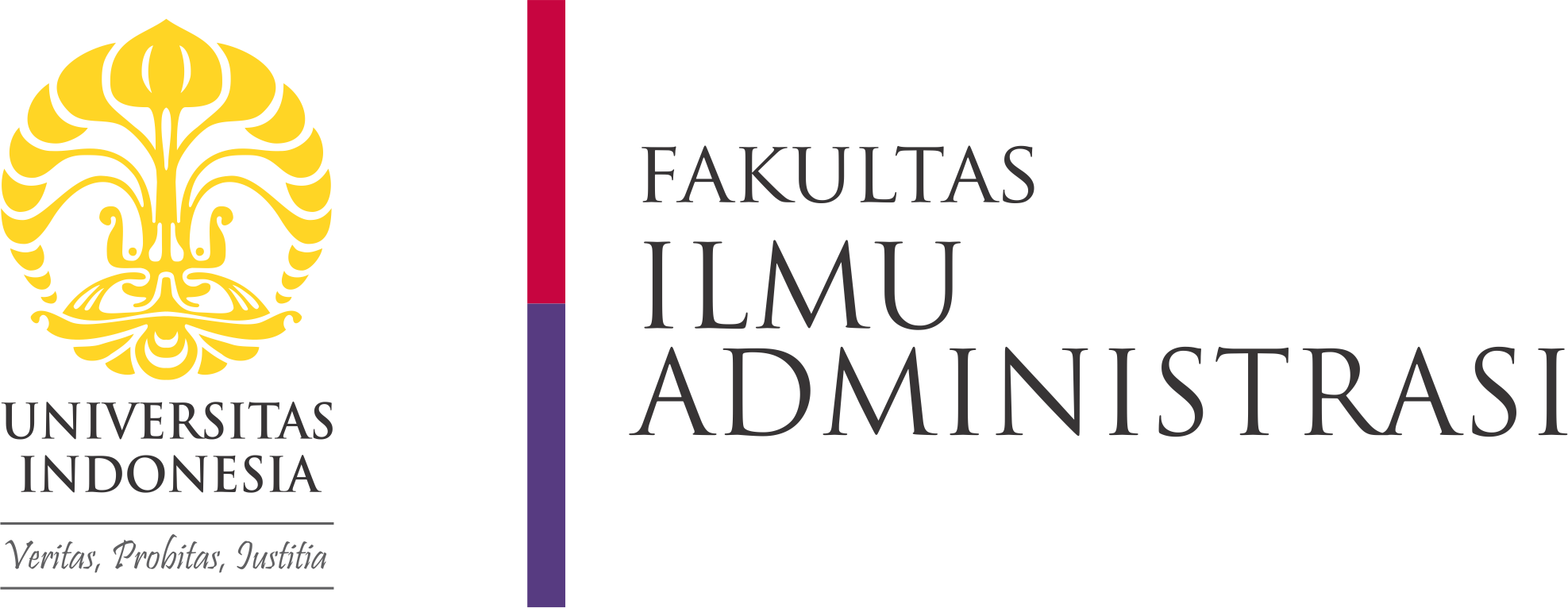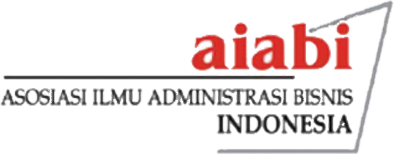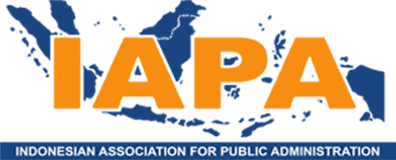Abstract
This research studies the local-based MDGs and ARG models of poverty eradication efforts in border areas in West Borneo. The aim is to map the psycho-social economic dimensions and identify the behavior of poverty-stricken groups. Poverty in border areas is getting higher compared to other areas since they are strategically and geographically different in characteristics. The purpose of the study is to improve the policy and budgeting system of poverty eradication programs. A qualitative approach is used through the concept of planning and developing. The result shows that the high income of some people does not reduce the number of poor family in border areas. Poor areas in Sambas District are spread in 164 locations, while its development is distributed among 6373 locations. The Gross Domestic Product of Sambas District is higher than two other districts, i.e. IDR 5,287,291.21 and its Per Capita Income is 163,773.00 per month. The profile of poor people: most of them work in agricultural sector, have low education, have improper house with no lavatory, and in average have four children.
Recommended Citation
Rivaie, Wanto and Asriati, Nuraini
(2013)
"Development Of Local-Based Mdgs & Arg Models on Poor Woman,"
BISNIS & BIROKRASI: Jurnal Ilmu Administrasi dan Organisasi: Vol. 19:
No.
2, Article 7.
DOI: 10.20476/jbb.v19i2.1887
Available at:
https://scholarhub.ui.ac.id/jbb/vol19/iss2/7






